wigig
Latest

ASUS' ROG Phone II combines high-spec power with accessory spectacle (updated)
Gaming phones are a rare breed, and the nascent category has already proved to be too much of a challenge for Razer. Some companies still see it as an opportunity to tap into the ever-growing esports market, however. Devices land with gimmicks like detachable controllers on Xiaomi's Black Shark 2, or a built-in cooling fan on the Nubia Red Magic 3. Neither could top last year's ASUS ROG Phone though when it comes to accessories: It offered a clip-on fan, a WiGig screen-casting dock, a clamp-on controller pad, a mobile desktop dock and a bizarre dual-screen dock. ASUS never shared sales figures for the ROG Phone, but it must have done well enough to warrant a sequel packed with many upgrades. The ROG Phone II is the world's first smartphone with a 120Hz AMOLED display, and it's also the first to feature the more powerful Snapdragon 855 Plus chipset. Another first here is the integration of two vibration motors, just, it hopes. to make gaming a tad more immersive.
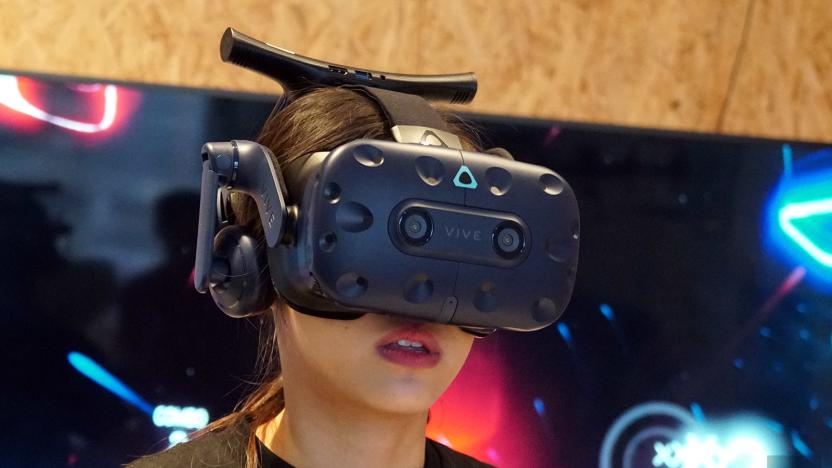
HTC's Vive Wireless Adapter will cost $300
14 months after HTC and Intel first showed off their wireless VR prototype, the two are finally ready to ship the product. According to HTC's announcement today, the Intel WiGig-based Vive Wireless Adapter is priced at $300 and works with both Vive and Vive Pro, though the latter requires an additional $60 for a "compatibility pack" -- it includes a connection cable, foam padding and an attachment device. For those who have been longing for this upgrade, they can pre-order it at Amazon, Best Buy, Microsoft, NewEgg and HTC's very own Vive.com starting from September 5th. This will be followed by the official launch on the 24th.

ASUS ROG's ridiculously high-spec gaming phone was made for 'PUBG'
Thanks to the likes of Free Fire, PUBG and Fortnite arriving on mobile, gaming smartphones seem like a no-brainer for brands that want to break into the crowded smartphone world, with the Razer Phone setting the bar for others to follow. ASUS thinks it can do better. Here at Computex, the company surprised many by unveiling the ROG Phone, its first-ever handset made specifically with gaming in mind. Needless to say, this aggressive-looking device is specced out as a powerhouse, but it's also packed with many unique and thoughtful features that aim to deliver a better gaming experience. There are also a handful of dedicated accessories -- including an external cooling fan that clips onto the back, plus an optional handheld dock that adds a second screen to the ROG Phone.
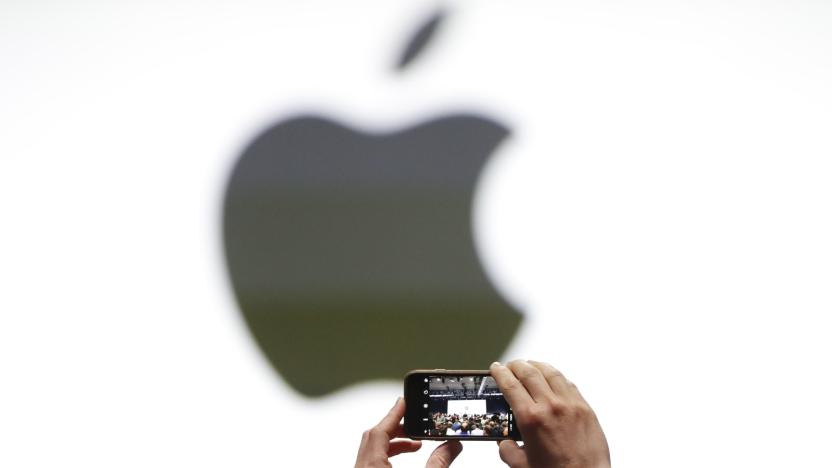
Apple's rumored AR headset may pack 8K displays and VR support
Those rumors of Apple making an augmented reality headset just got a little more concrete. A CNET source claimed that the stand-alone device (codenamed T288) would also support virtual reality, and would have an 8K display for each eye. For reference, even the HTC Vive Pro is limited to 'just' 1,440 x 1,600 per eye. If this is accurate, Apple could effectively eliminate the screen door effect you often get with current VR, where the proximity of the display lets you see the gaps between pixels. The improved realism might also help fend off motion sickness for some wearers.
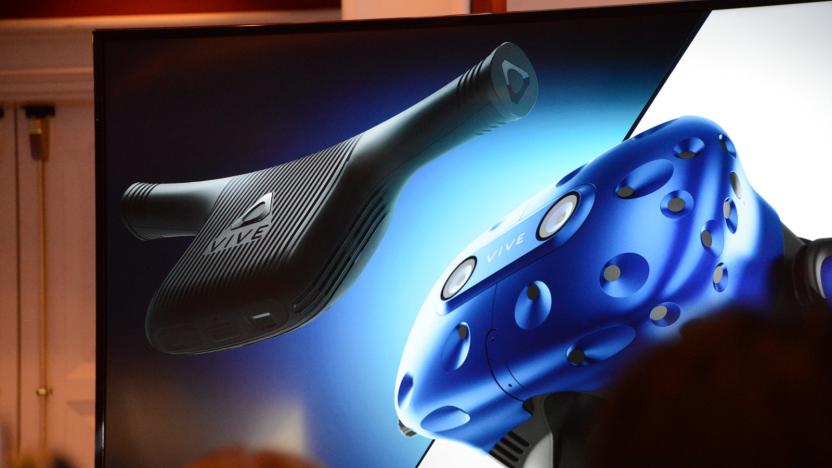
HTC unveils a wireless adapter for Vive VR headsets
The dream of a wire-free HTC Vive is close to becoming a practical reality. HTC has unveiled a Vive Wireless Adapter that uses Intel's WiGig to eliminate the corded connection for both the original Vive and the Vive Pro while keeping lag and interference to a minimum. There's no word on price, but you will have to wait -- the compact add-on won't ship until sometime this summer.
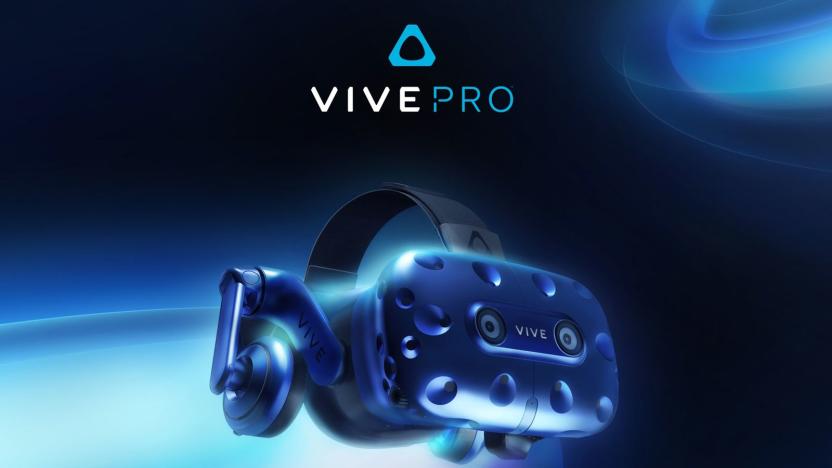
HTC has a new high-res Vive Pro VR headset
HTC has a few upgrades in store for its virtual reality headset, the Vive. First up, the Vive Pro, which features a pair of higher-resolution OLED screens (2,880 x 1,600 versus the original's 1,080 x 1,200) and built-in headphones. The Oculus Rift headset had attached headphones when it launched in early 2016.
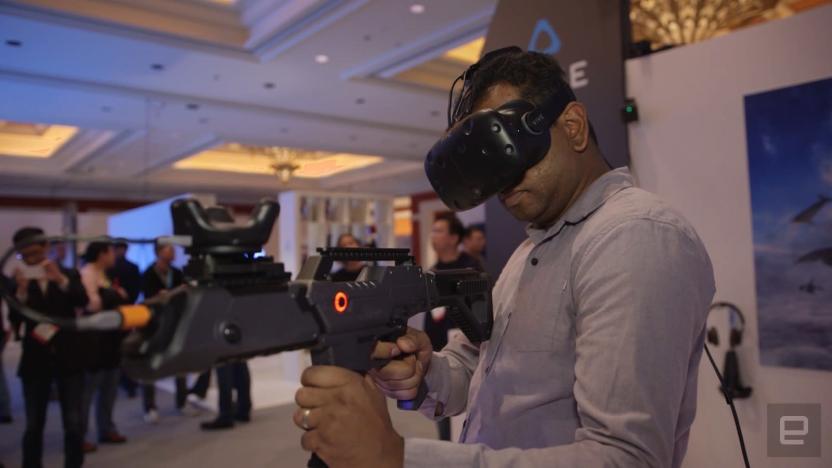
Intel focuses its WiGig efforts on wireless VR (updated)
Don't count on finding multi-gigabit WiFi in your laptop in the near future. Intel has announced that it's discontinuing virtually all of its current WiGig hardware by the end of 2017, including antennas and controllers. Instead, the focus is on using the technology for wireless VR -- don't worry, Intel knows you hate tripping over cords. The news is unfortunate if you're a fan of WiGig's potential, but it's understandable given the practical reality.

WiGig will bring superfast WiFi to devices next year
The WiFi Alliance has finally certified "WiGig," a high-speed, 60 GHz standard otherwise known as 802.11ad. Using beamforming, it can yield speeds of up to 8 Gbps, or nearly 1GB per second from a distance of up to 10 meters. As many as 180 million devices using the standard, like routers, laptops and smartphones will arrive by the end of next year, the group said. It also unveiled the first five certified WiGig products from Intel, Dell and Qualcomm, among others.

Samsung readying crazy fast next-gen WiFi devices
Samsung has revealed that by 2015 it may be selling WiFi devices that use unlicensed, 60GHz spectrum to transfer data at 575MB/s -- five times faster than current tech. If that sounds familiar, it's also the WiGig Alliance's 802.11ad WiFi standard, which has a moderately faster theoretical speed of 875MB/s. However, "theoretical" is the operational word -- in practice, WiGig bounces off walls rather than penetrating them, so speeds drop rapidly without line-of-sight transmission. In addition, WiGig's short wavelengths are susceptible to interference by other devices. Samsung claims it's solved those problems by using beam-forming antennas that adapt to changing conditions in less than 0.33 milliseconds. It plans to put the tech in a variety of devices, including its Smart Home and mobile products as early as next year. We're not sure if those devices will conform to the WiGig standard or fork it, so we've reached out to Samsung for more info. [Image credit: JOSEP LAGO/AFP/Getty Images]

DisplayLink's adaptor streams 4K content over USB 2.0 and 3.0 (eyes-on)
DisplayLink's been wringing all kinds of connectivity out of our computer's USB ports for years, turning one connection into many. It should come as no surprise, then, that the company's using its considerable compression expertise to send high-resolution 4K video through that very same pipe. Ideally, the system shoots video over USB 3.0, while still giving users the full connectivity options of any compatible DisplayLink device -- but it can also function using USB 2.0, though the dynamically compensating data compression at work may cause some frames to drop. We chatted with Displaylink's Director of Marketing, Andy Davis, about the feature and he informed us that the new 4K capability comes courtesy of a chip design first revealed back at CES that, while upping the max resolution of transmitted video, has no trouble driving multiple displays. In theory,the number of 4K screens the chip can drive is only limited by the graphics drivers and video decoding capabilities of the computer it's connected to. And, the new architecture also enables wireless streaming of 4K video using 802.11ad and can stream 1080p video over 802.11ac (4K over 802.11ac is in the works). We got to see a brief demo of the technology in action, and the video played back flawlessly over USB 3.0 for the few minutes we saw it work. Using 2.0, we noticed a slight flicker once or twice during playback, but the feed was still quite watchable. All in all, its a nice addition to the DisplayLink feature set. Now if they'd just let us know when we'll actually see it implemented in something we can buy.

Dell unveils Latitude 7000 series Ultrabooks with Haswell inside
Dell's Haswell-based Latitude laptops have been a tad on the chunky side so far, but the company is making amends by quietly launching its new Latitude 7000 series Ultrabooks. Both the 12.5-inch E7240 and 14-inch E7440 fit Intel's new low-voltage, 1.7GHz Core i3 CPU into an aluminum shell that's about 0.8 inch thick, yet meets military standards for resistance to dust, water and shock. They also support Dell's WiGig Wireless Dock and WiDi. Neither will come close to the Precision M3800 in features, however. The two Latitudes both start with 4GB of RAM and a 1,366 x 768 display, and there's no way to upgrade the performance or screen quality. They're also expensive -- the E7240 is launching at a $1,169 sale price with a 128GB SSD inside, while the E7440 with a 320GB hard drive isn't much cheaper at $1,049. Still, we wouldn't complain (much) if an IT manager plunked either of these Ultrabooks on our desks.

Apple tries for a patent on removable laptop touchscreens with wireless charging
We're all in favor of advancing the state of the art, but there are times when we suspect that research is more about "what if" explorations than anything else. Exhibit A: Apple's new patent application for a wireless display. The concept would let a touchscreen detach from its laptop base through a 60GHz ultrawideband format (such as WiGig) and keep its battery powered up through at least some form of wireless charging located in the laptop's hinge. It sounds viable when others have experimented with wireless displays before, but we'd note that both technical realities and corporate philosophies might stand in its way. Along with the usual challenges of battery life and wireless range, Apple has so far argued that touchscreen laptops are unwieldy and isn't exactly in a rush to supplement booming iPad sales -- even if granted, the patent may just be a matter of covering the bases rather than any kind of roadmap for a two-piece MacBook Pro. Still, we won't completely rule it out when many also thought Apple wouldn't make a phone.

WiFi Alliance absorbs WiGig, reinforces commitment to 60GHz wireless
Just a little over two months since the WiFi Alliance and the Wireless Gigabit Alliance made their engagement plans known, the two groups are finally in marital bliss. They've long worked together on developing and building the 60GHz wireless standard, but decided it was best to make the partnership official in order to get the most out of their collaboration. Long-term plans include expanding WiGig's capabilities and implementing a baseline interoperability certification program by early 2014. This united effort could point to quite a growth spurt; ABI Research forecasts that there'll be annual shipments of 1.8 billion devices with both WiFi and WiGig support by 2016. Though there are no new product announcements at the moment, it looks like the newly unified WiFi Alliance will have plenty to work on over the coming years.

Dell ships its WiGig-based Wireless Dock, gives your Latitude a home base for $249 (video)
Dell has been teasing plans for a true wireless dock that would let Latitude 6430u Ultrabook owners get all the expansion they need without proprietary technologies -- or the usual cable spaghetti. It's at last here in the (rather plainly titled) Dell Wireless Dock. The station relies on a bandwidth-rich WiGig connection to give the Latitude supplementary audio, DisplayPort, HDMI, Ethernet and three USB 3.0 ports without skipping a beat. Few would call the Wireless Dock cheap at $249, but it could be a time-saver for any worker who just wants to grab their laptop and go at the end of a long day. Eager buyers should see the dock at the source link very shortly.

Live from the Engadget CES Stage: an interview with WiGig's Ali Sadri (update: video embedded)
WiGig has some big news to share last week, when it announced that it would be merging with the WiFi Alliance. We'll be discussing the marriage with the organization's President and Chairman, Ali Sadri, and what it means for the future of both organizations. January 10, 2013 7:00 PM EST Check out our full CES 2013 stage schedule here! Update: video embedded

WiFi and WiGig Alliances become one, work to promote 60GHz wireless
The WiFi Alliance and Wireless Gigabit Alliance have a pretty long history of working together. The two are ringing in the new year by removing the last barrier to their cooperation and officially becoming one organization. By the end of the year the group hopes to have an interoperability program launched for 60GHz wireless under the banner of the new unified WiFi Alliance. The hope is that joining forces will lead to broader compatibility and quicker adoption of of the high speed wireless standard. For now there's no new products to announce, but expect a year full exciting wireless developments. For a few more details and some salient quotes from the involved parties, hit up the PR after the break.

ZTE throws weight behind WiGig, because the real fun happens at 60GHz
Venture far out into the wireless spectrum, until the familiar 2.4GHz and 5GHz bands are but flecks on the horizon, and eventually you'll come across a party raging in the middle of nowhere. There are only a few geeks dancing in the 60GHz (802.11ad) tent at present, but prototype devices are already emerging and now Chinese manufacturer ZTE has joined the WiGig alliance too. With the latest standard promising a maximum throughput of 7Gbps, potentially even for smartphones, homesickness seems unlikely.[Burning Man photo via Shutterstock]

WiGig SD card gets demoed on tablets, makes DVDs gone in 60 seconds (video)
We're pretty excited about WiGig's miraculous wireless transmission rates and Panasonic's now in the process of jamming the functionality into SD cards set to arrive next year. It's now got a working prototype and DigInfo's managed to grab a brief video demo (embedded below) showcasing the tech. Both photos and videos can be effortlessly pinged from a tablet (housing the aforementioned memory card) to compatible in-car displays. We're told that those heady transfer speeds are more than capable of handling a whole DVD of video content in under a minute, although the range of the transmission remains between one to three meters. We may be willing to cope with that limitation -- especially if these multi-gigabit speeds still make it across to future phones.

WiGig hits version 1.1, adds wireless HDMI to its arsenal to celebrate
To this point, not much has come of this whole WiGig thing, but the coalition is marching forward and expanding the standard's capabilities with the introduction of version 1.1. The latest specification makes several tweaks to the 60GHz wireless protocol, but the big news is that the Wireless Gigabit Alliance has signed up with HDMI Licensing, LLC -- adding the ubiquitous video jack to its arsenal, which already includes cable-free DisplayPort. WiGig display adapters are still expected to hit the market by the end of the year but, for now, our dream of input agnostic wireless HD video streaming is just that -- a dream. So don't start tying up your old newspapers with those HDMI cables just yet.

Panasonic shrinks WiGig for cellphones, sets our hearts a flutter
Tri-band WiGig in a laptop? Yawnsville. Now, put that 60GHz connection in a high-end smartphone and we're all ears (and sweaty palms). Panasonic is the first out the gate with a 802.11ad compatible chip for mobile devices and, despite its head-spinning multi-gigabit speeds, the company's creation draws less that 1W of power. It'll be sometime before WiGig makes its way into your Droid or iPhone, but when it does you can look forward to wirelessly syncing entire seasons of Good Eats (in 1080p, of course) to your phone in mere minutes. Until then, you'll just have to make do with the tantalizing PR after the break.









